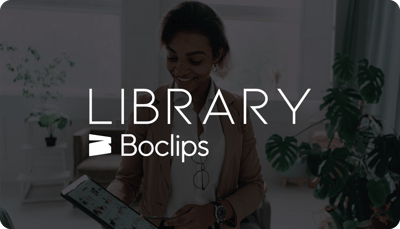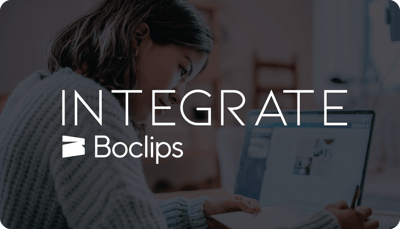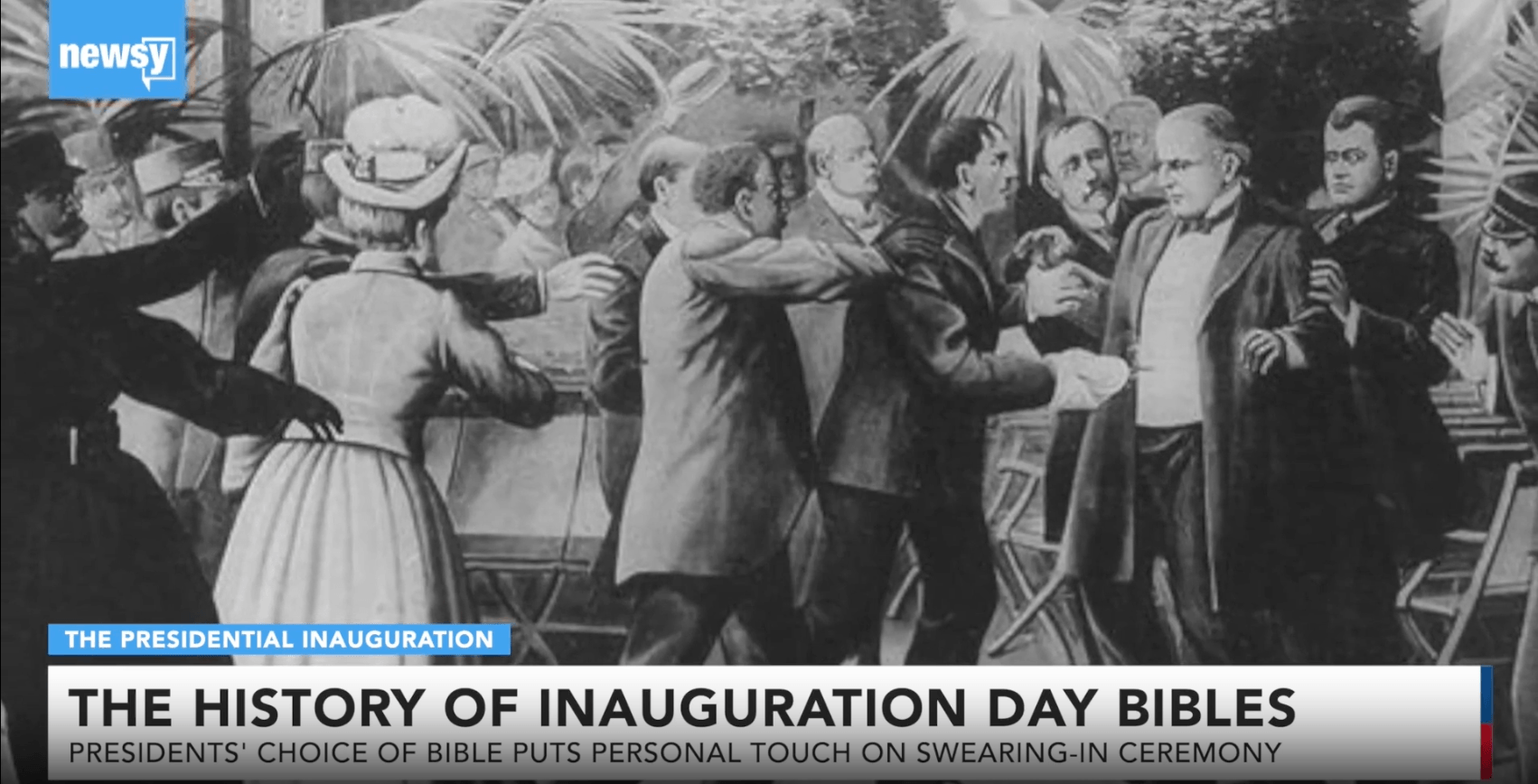Personalization: A better way to learn
The benefits of personalized learning—instruction individualized for the preferences, needs, and objectives of each student—have been well understood for more than a decade. Providing relevant, engaging content adapted to a student’s knowledge level and preferred learning modalities yields a more satisfying learning experience that increases motivation and improves outcomes.
To provide personalized learning, educators have had to master new tactics. Among them are delivery options beyond the classroom and course materials beyond textbooks and lecture notes. Today’s learners, whether they’re in high school, seeking university degrees, or pursuing continuing education or professional development, benefit from choices among how courses are delivered—synchronously or asynchronously, in-person or online. And they expect learning materials in a variety of formats that accommodate accessibility challenges and support their own preferences in learning, assessment, and feedback.
The role of AI in personalized learning
The need to offer personalized learning has spurred the development of new technologies to support its delivery, from learning management systems, personalized learning platforms, and courseware to gamification and interactive learning and assessment materials.
Among the most powerful technology applied to personalized learning is artificial intelligence, or AI, which makes it possible to adapt the pace, level, and path of the instruction based on predictive analysis feedback that assesses the student’s proficiency in real time.
AI-enabled learning management systems can evaluate student skill levels, auto-generate learner-specific quizzes and exercises, and provide real-time answers to questions. AI also enables automated content recommendations based on the learner’s previous content choices or those of learners with a similar profile (a tactic borrowed from e-commerce known as collaborative filtering).
Generative AI in education
“Generative AI” refers to any software tool that has the ability to create—or “generate”—content by responding to natural-language prompts from the user. The best-known and most widely available generative AI models—the technical term for a generative AI tool—are OpenAI’s ChatGPT and Google’s Gemini. Other topic- and/or industry-specific models exist, and many new ones are in development.
Among the applications of generative AI in education are finding citations, creating charts and graphs from descriptions or datasets, and summarizing long-form content. Educators are also using generative AI to structure courses and lesson plans, and help with research.
Natural language processing (NLP), a branch of AI, can even create virtual tutors. These sophisticated chatbots can guide students through learning materials, answer topical questions, and provide proactive studying or test-taking assistance. They have become a widely discussed use of generative AI for personalized learning, particularly in high school settings. NLP can also translate foreign-language materials and support accessibility through text-to-voice technology that reads written materials aloud.
AI and video-based learning
Video-based learning materials are among the most potent ways to engage learners, and audiovisual learning outcomes outpace those of entirely textual models. Videos come in a variety of flavors, from simple screen shares and talking-head lectures to complex animations or professional-quality narrative films.
AI tools are especially suited to personalizing video-based learning. Enabled by AI-driven search and content recommendations, these tools can locate relevant video content and home in on the relevant portions of any preexisting video, enabling instructors to customize course materials more easily and, most importantly, allowing students to quickly find the content most relevant to what they’re studying. Video content can even be incorporated on the fly into custom chatbots that then offer up video as well as textual responses—another form of generative AI.
AI-driven content generation can, however, be problematic. In addition to plagiarism, introducing bias, and the proliferation of false information, outright “hallucination”—content created when the AI tool perceives or establishes patterns or connections that don’t really exist—poses a risk for ed techs who use generative AI to create learning materials and virtual tutors that use text and/or video to respond to student queries.
The best way to ensure the quality of the video used in a personalized learning program is to limit the universe of videos from which search results can be drawn to a curated set of videos that have been pre-licensed and either authored by experts or produced by reliable sources such as PBS, TED, Fuse School, and SciShow.
Search engines and educational video
ChatGPT and Gemini can be used as search engines—just like Google or Bing—as well as content-generation tools. But using widely available search engines or AI models to locate video content for educational use can be problematic as well.
Because ChatGPT is entirely text-based, having no real-time connection to the web, it cannot natively surface multimedia as part of its chat responses. Gemini is also currently text-based, although it can return videos in its search results when prompted. However, the universe of videos it chooses from is limited to YouTube, another Google-owned platform. When users do request video, Gemini’s interface makes video awkward to view, and users are left to find the relevant content within the video on their own.
Because anyone can upload content to YouTube, the provenance of the video content Gemini finds may be obscure, putting its suitability for an educational setting in doubt. Videos that are copyright-protected, have poor production values, or that contain outdated or patently false content can find their way into search results alongside well-made videos published on reputable channels. In addition, YouTube videos often contain advertising or other content inappropriate for an educational setting.
Mitigating risk and maximizing benefits in AI-driven video learning
Relying instead on a curated video library accelerates individualized course creation by obviating the onus of vetting them for reliability, cultural sensitivity, and copyright violation. And it enables educators to confidently align their video content more closely with their courseware and lesson plans and use video in post-assessment remediation.
Adding to such a library an AI-driven ability to navigate directly to the relevant section of a long video speeds the curation of video course content for ed techs and further enhances—and personalizes—the learning experience for students. With a vetted video library to supplement textual answers, ed techs can further mitigate hallucination by using snippets of the educational, curated video in chatbot or video tutor responses.
A library for personalized video learning
The Boclips video platform provides access to millions of ad-free, rights-cleared pedagogical content by trusted content creators that is free from the misinformation prevalent on open internet sources and social platforms. Its videos can be linked to any LMS via an open API and incorporated easily into other course materials; the videos are also available individually directly through the Boclips web portal via a simple, AI-enabled search. And they can be incorporated into course-specific chatbots.
Boclips’ video highlights feature brings the power of AI-powered text search to video content by returning search results that locate the relevant content within a video and then play it directly on the search results page. Chat with our bot and try it for free: highlights.boclips.com.
Boclips
Boclips is on a mission to make learning more captivating with video with an easier, safer way to access videos from the world’s leading video producers.
- #Video in Digital Learning
- #Classroom
- #Educational Videos
- #Video Content Partners
- #Tips for Using Video
- #Boclips for Publishers
- #Issues in Education
- #Educational Videos by Subject Area
- #News and Announcements
- #Events & Holidays
- #Video and Teaching Tools
- #Teaching Methodologies
- #Education Videos
- #Video and Digital Literacy
- #Short Educational Videos
- #Instructional Design
- #Multimodal Learning
- #Video and Student Safety
- #Accessibility in Education
-3.png?width=390&height=223&name=Untitled%20design%20(2)-3.png)


.png?width=1152&height=660&name=Copy%20of%20Untitled%20Design%20(1).png)



